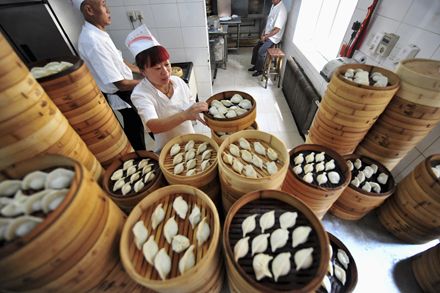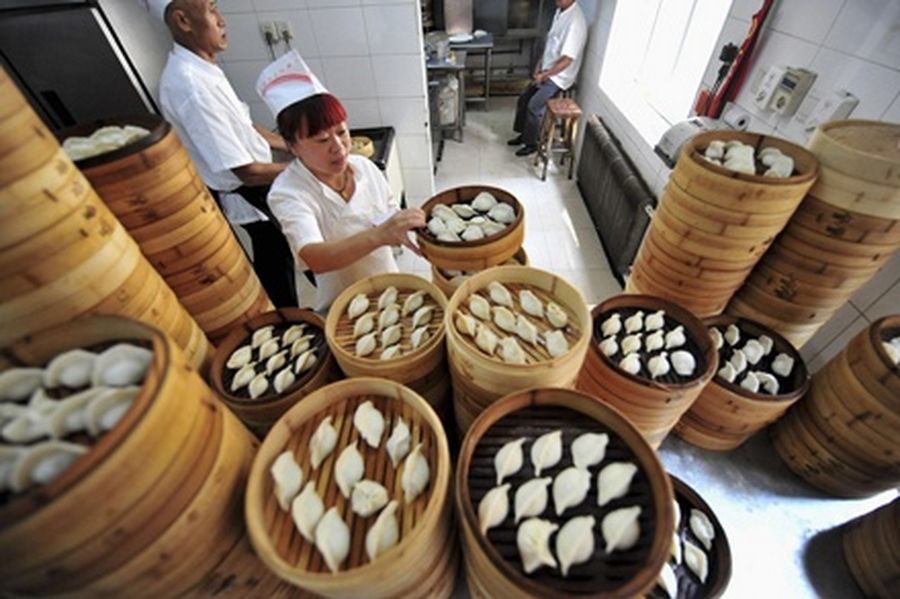The great bull-run in global credit has come to an end and, although investors are struggling to cope with the return to ‘normal’ US Treasury yields, Asia’s bond markets still have room to grow.
After two years of record bond issuance in US dollars, euros and yen, Asia’s debt capital markets stalled in June. A sudden rise in benchmark yields was a reminder that the region is still not immune to global volatility.
As investors calculated their losses, issuers revisited their funding plans and bankers tried to please both sides, market participants were asking themselves if the volatility could reverse the rapid development of Asia’s credit market. For now, at least, that looks unlikely.
“The whole market is still going to get bigger, the universe of names here is still going to grow, but not at the breakneck pace that we have seen,” said Brayan Lai, credit analyst at Jefferies.
That is also the sentiment of syndicate bankers in Hong Kong and Singapore, as well as portfolio managers and private bankers.
“We have reached a critical mass, which means that just the refinancing of the outstanding bonds alone will guarantee a certain volume of business,” said one debt capital markets banker in Singapore.
The only thing changing, bankers argue, is the price of debt.
“We are 100bp higher (in 10-year US Treasury yields). That is a pretty severe move,” noted one banker in Hong Kong.
He added that this meant companies must offer higher new-issue premiums to compensate investors for the additional risk related to volatile benchmark rates.
The first investment-grade deals priced in July, after a month-long pause offered concessions of 25bp over secondaries to get done. They also showed coupons that looked unflattering relative to what they would have gotten just three months before.
Historically low
Still, it does not mean that debt has become prohibitive. Yields on 10-year Treasuries surged in May and June, but, at around 2.5% still below the long-term average.
“People are fixated on where rates were in April (when US Treasury yields were touching all-time lows of below 1.6%), but, in March 2012, the 10-year Treasury was yielding almost 2.5%, as well,” said the Hong Kong banker. “Before August 2011, rates were significantly higher. Looking at the past five years, it is still very cheap to sell bonds.”
Indeed, the average yield on the 10-year US Treasury since July 2008 has hovered around 2.75%. In the five years before that, that average yield was 4.4%. Spreads have also dropped and, even if they are not at the record lows seen earlier in the year, they remain compelling for most issuers.
This argument, though, has been a hard sell for bankers. One originator said high-yield issuers were having the hardest time accepting the new levels.
Earlier this year, rates for high-yield bonds across the world touched all-time lows. This allowed Double-B issuers to print bonds with 6% handles and Single B to come with single-digit coupons. “Those guys are hurting to admit that they will have to start paying double digits again,” said the DCM banker.
The heydays
Issuers have short memories and prefer to remember the unprecedented borrowing conditions attributable to liquidity injections from the world’s three most important central banks, low global inflation and growth, as well as record low yields.
Looking back, the first six months of 2013 showed a record volume of US$90.5bn from 162 deals in Asia, excluding Japan and Australasia, in dollars, euros and yen, an 18.3% increase from the US$76.5bn raised in the first half of 2012, according to Thomson Reuters data.
That had the region on solid footing to beat last year’s US$134.1bn record for the sale of G3 currency bonds, itself an improvement on the mark set the year before.
The first half also included the best quarter of all time for Asian bonds, with the three biggest deals in the region also among the six biggest G3 bonds on record. CNOOC’s US$4.0bn, Sinopec’s US$3.5bn, and Pertamina’s US$3.3bn fundraisings are the third, fifth and sixth all-time largest Asian G3 bonds, respectively.
The unprecedented low yields and abundant liquidity also produced the best period on record for fees that DCM desks collected. For the first time in Asia, underwriters made more from arranging bond transactions than from equity offerings, according to Thomson Reuters statistics.
Investment banks earned US$1.63bn from underwriting bonds in dollars, euros and yen in the Asia-Pacific region outside of Japan during the first half, against just US$1.45bn from equities, according to data from Thomson Reuters and Freeman Consulting. The numbers are even more impressive given that only one Asia ex-Japan G3 bond priced in June.
Bond fees have more than doubled since 2009, when investment banks in the region earned US$956m for the full year.
The growth was not limited to fees and to the dollar markets. According to the Asian Development Bank, Asia’s local currency bond market in June reached US$6.7trn, a size comparable to the US corporate bond market. Rates across the region also tested new lows this year.
Down but not out
The sheer number of records broken in the first half – and in the past two years for that matter – suggests that Asian credit had been due for a correction. Bankers and investors argue, however, that the secular changes that led to the explosion of the region’s bond markets have not reversed.
“Arguably, companies, which need to refinance debt due in the next two years and have not already done so, have missed the big boat,” said the Hong Kong banker. “However, they will still do it, except that it will just be more expensive.”
Another banker in Singapore argued that there were structural reasons for bond markets in the region to keep growing. Basel III and other recent regulations have increased the capital costs of corporate lending, pushing more companies to turn to the bond market.
Besides, the same banker argued, the 2008 credit crisis had made companies in Asia appreciate the importance of diversifying their funding sources.
“People are fixated on where rates were in April (when US Treasury yields were touching all-time lows of below 1.6%), but, in March 2012, the 10-year Treasury was yielding almost 2.5%, as well. Before August 2011, rates were significantly higher. Looking at the past five years, it is still very cheap to sell bonds.”
Investor interest in fixed income is not expected to shift either. “People were talking about great rotation in December, but there was nothing of that,” said a portfolio manager in Singapore.
Indeed, private bankers say their clients had become averse to the volatility in the equity markets. While they may allocate a bigger portion of their portfolio to stocks after the recent shake-up, they are not expected to reverse their positions completely.
“I remember, 10 years ago, people would put 5% of their portfolios in bonds. Now, it is 30%,” said another portfolio manager. “It may drop back to 20%, but it is not going back to 5%.”
To see the digital version of this report, please click here.

